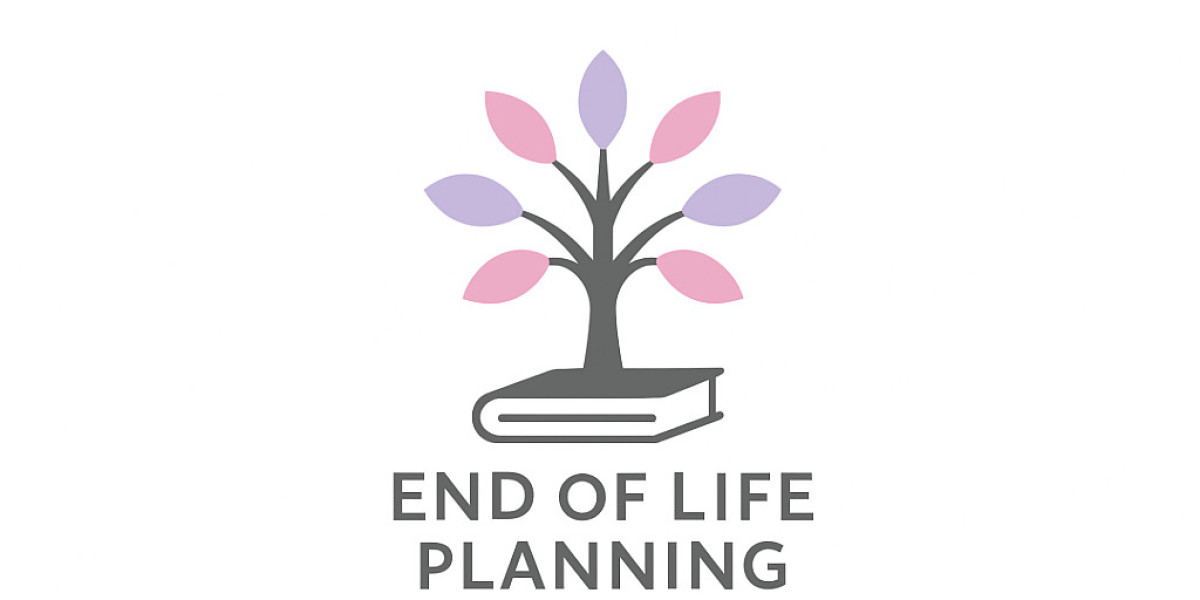Understanding its modern usage
Language evolves with social trends, and certain phrases gain prominence because they encapsulate shared feelings. Among these, Sorry it's your problem now has emerged as both a humorous and assertive expression. It conveys the decision to transfer responsibility while simultaneously softening the message with casual tone or irony. People use it in workplaces, social media, and personal interactions to manage expectations and signal boundaries without long explanations. Its wide usage reflects how society values directness and efficiency in communication.
Shifting accountability in relationships
Modern life requires balancing personal and social responsibilities. The phrase often serves as a verbal signal that someone will no longer handle a particular issue, empowering the speaker to maintain their energy and time. While it may appear blunt, this clarity can prevent lingering resentment in personal and professional settings. It illustrates how responsibility is increasingly negotiated rather than assumed, marking a cultural shift where individual boundaries are acknowledged and respected.
Humor as a social lubricant
Despite its seemingly dismissive nature, the phrase frequently appears in lighthearted contexts. Friends or colleagues might use it to joke about minor annoyances or tasks that are being passed along. Humor allows the message to be absorbed without creating conflict, strengthening social bonds in the process. The phrase’s adaptability ensures it can convey seriousness when needed or playful teasing in a casual context, highlighting the role of tone and delivery in shaping perception.
Online trends and digital language
The phrase has grown in popularity due to digital culture. Memes, social media posts, and viral videos have amplified its use, embedding it into everyday conversation. People apply it to various scenarios, from humorous domestic mishaps to commentary on public events. Its digital proliferation has made it instantly recognizable across age groups and regions, demonstrating the power of online platforms to shape cultural vocabulary and influence the evolution of colloquial expressions.
Generational perception differences
Not all audiences interpret the phrase similarly. Younger generations often find it amusing and empowering, while older audiences may view it as rude or dismissive. These differing reactions reflect the broader evolution of communication norms. The same phrase can inspire confidence and assertiveness in one group while evoking disapproval in another. Understanding generational context helps explain why it resonates strongly with some people while leaving others unconvinced of its appropriateness or intent.
Workplace nuances and implicit messages
In professional contexts, the essence of the phrase appears even if not spoken directly. Delegated tasks, project handovers, or workload shifts can create situations where someone feels the sentiment of the phrase applied to them. Leaders and managers must recognize the potential impact of these dynamics, ensuring boundaries are clear without creating feelings of abandonment. Used wisely, the underlying principle promotes accountability and clarity, illustrating the subtle ways language informs workplace behavior and expectations.
Emotional layers in close relationships
Among family, friends, or partners, the phrase carries significant emotional weight. Playful delivery can transform it into shared humor, while serious delivery may signal frustration or fatigue. It reflects a negotiation of effort and responsibility within relationships. Context is critical: the phrase can either create distance or foster bonding depending on tone, timing, and prior experiences. Its flexibility allows it to function simultaneously as a joke, a boundary, and an emotional cue.
Pop culture influence and mainstream adoption
Television, film, and online content often showcase characters using similar phrases, making them familiar to audiences. Exposure through media reinforces the phrase’s humorous and assertive duality. By portraying it in varied situations, media ensures that people can relate to and adopt it naturally in their daily interactions. The use of Sorry it's your problem now in entertainment helps normalize boundary-setting and humor, demonstrating how cultural products influence everyday language.
Psychological importance of boundaries
Setting limits is essential for mental well-being, and phrases like this offer a practical tool for assertiveness. People often struggle to express refusal directly, but this expression allows them to communicate boundaries efficiently. While blunt, it protects emotional energy and fosters respect when delivered thoughtfully. Psychology emphasizes that healthy communication requires both clarity and empathy, and this phrase exemplifies how language can serve both functions simultaneously.
Satirical applications in society
The phrase also appears in satire, often critiquing avoidance of responsibility in social or political contexts. By using humor, individuals can highlight systemic flaws or personal grievances. Its flexibility allows it to comment on broader societal issues while remaining relatable and amusing. Satire reinforces the phrase’s relevance, demonstrating that even casual expressions can serve as tools for social observation and commentary.
Brand and marketing adaptation
Brands sometimes leverage informal phrases to appear relatable and modern. Integrating humor and culturally familiar expressions like this can enhance engagement with younger demographics. However, misuse can backfire, appearing insensitive or dismissive. Successful adaptation requires careful balance: maintaining levity without eroding trust. When used effectively, the phrase reinforces relatability while preserving professional credibility, showing the intersection of culture, communication, and strategy.
Everyday humor and casual interactions
In daily life, the phrase often appears in playful exchanges. Roommates, friends, or coworkers may use it jokingly to lighten the impact of small inconveniences or chores. Shared laughter transforms potential frustration into a bonding experience. Its effectiveness relies on understanding between participants, showing that relational dynamics and tone often outweigh literal meaning. The phrase exemplifies how casual language can strengthen connections while preserving humor.
Self-care and independence
The popularity of the phrase reflects growing cultural emphasis on independence and self-preservation. By communicating limits, individuals protect their time and energy, prioritizing personal well-being. Critics may perceive this as selfish, but it often fosters healthier interactions by setting expectations clearly. The phrase acts as a linguistic tool that enables autonomy, showing how modern communication embraces boundaries without abandoning social connection.
Constructive use in conflict resolution
Though it may sound harsh, the phrase can be employed to facilitate productive dialogue. Using assertive language alongside suggestions or solutions helps prevent disputes from escalating. By framing responsibility clearly, it encourages others to participate in problem-solving while respecting personal limits. This demonstrates that even seemingly dismissive expressions can serve as tools for constructive interaction when delivered with care.
Enduring cultural significance
Ultimately, Sorry it's your problem now embodies humor, directness, and boundary-setting in contemporary communication. Its widespread use across media, social interactions, and online platforms ensures it remains relevant. The phrase functions in multiple roles: as a joke, critique, or assertion of limits, reflecting both personal expression and broader societal trends. Its persistence highlights how casual language evolves into a meaningful cultural marker that resonates across contexts.








